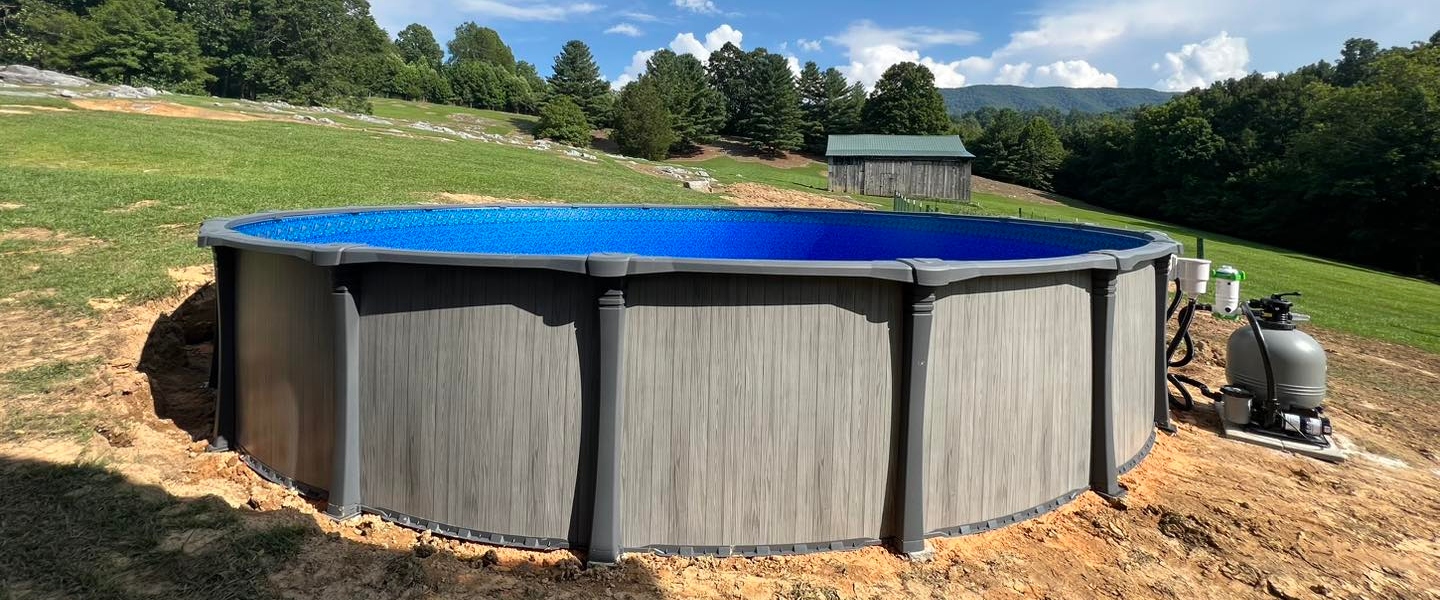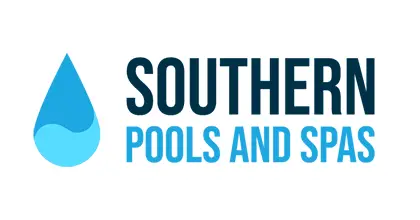First Time Pool Buyers

First Time Pool Buyers
What to Consider When Deciding on a Pool
Choosing a pool is no easy decision – but here at Southern Pools and Spas we offer options for everyone, including above ground, semi-inground and inground pools. So how do you decide which works best for you? Consider these four basic factors:
Budget
There is a significant price difference between most above ground and inground options. Above ground pools generally cost less than semi-inground and inground pools as the expense of ground preparation and other materials is much less.
Installation and Style
It’s very important to consider landscape limitations when planning your backyard pool. We offer installation options and alternatives to address whatever challenges arise when choosing the right pool for your property.
Size and Shape
Don’t forget to consider the size and shape of your lot! Are there any local zoning limitations to consider? How will the pool look once installed? Will the pool be a pleasing addition to your backyard, or will it completely dominate your available space?
Value
Each pool offers distinct features and benefits that can increase the value of your property. Above ground pools can be dismantled, moved, and even resold if you desire. Semi-inground and inground pools are permanent additions to a space that can add lasting value to a property.
What To Do Before You Purchase Your Pool
Check the code first
Be sure to check with your local building code enforcement office to determine what can (and sometimes cannot) be added to your property. Each township, borough or county will likely have restrictions on proximity to property lines, utilities, safety or zoning restrictions, and even mandatory green ordinances that could limit the size or style of your swimming pool. Knowing what your locality allows will help you define limits for your new swimming pool.
Research is key and information is free
Whether it’s on our website, in our showroom, or via literature and videos provided by our team of pool professionals, there’s never been more information available about swimming pools and swimming pool installation. Take the time to familiarize yourself with the styles of pools and options available to you, the maintenance associated with those pools, and the general process of pool installation.
Will you need an installer?
Swimming pools are constructed on your property. Installing a Carvin pool can be a quick and easy DIY job, as with the Diamond or Gold Series. An inground or semi-inground pool will require a professional team to complete the work. As such, the degree of expertise and experience of your swimming pool supplier and contractor is absolutely essential. We pride ourselves on being a reputable pool contractor and supplier. We’ll take the time to answer all your pool questions and help you make the best decision for your budget and lifestyle.
Ask questions
- What comes standard with my pool purchase?
- What safety considerations should I make?
- How much does yearly maintenance cost for the pools the supplier recommends?
- What’s the difference between an aboveground and inground pool?
- How long will the project take the builder?
- Do you offer financing?
- What guarantees or warranties does the builder offer?
Remember, the only truly bad question is the one that goes unasked. The amount of time you invest now in preparing to purchase a pool is returned to you over and over again each time you take a swim. It’s worth the longterm peace of mind so you can simply relax and enjoy your pool.
Information Regarding Salt Chlorination Systems
Properly installed and maintained salt systems are safe to use with Radiant Pools.
Keeping your pool’s water chemistry correct is very important for sanitation but is equally important to prevent pool wall corrosion. Radiant Pool’s aluminum walls are extremely corrosion resistant, but all metals will exhibit corrosion over time if the pool’s chemistry is not maintained correctly.
We have found that salt systems require much more maintenance than traditional liquid/granule chlorine systems to keep pool chemistry at the correct levels. Improperly installed and maintained salt systems will accelerate the corrosion process on pool walls.
If you are going to use a salt system, we recommend to test the ground for stray electricity, use a sacrificial anode, and test the water quality frequently.
Information Regarding Winterizing Your Pool
Your Carvin pool is to be winterized in the same manner as other pools. With a Carvin pool there are some specific steps you should follow:
1. Make sure all ladders, pool cleaners, toys, floats are out of the water and stored.
2. Make sure the water is clean, balanced, free of algae, and winter chemicals are added.
3. Water is generally lowered to just below the skimmer to ease the plugging and draining of the hoses, pipes and skimmer.
4. Return Inlet: Remove directional (eyeball) and insert rubber or plastic winterizing plug from the inside of the pool. We recommend a #10 rubber plug or a Hayward SP1022C plug.
5. Make sure the filter and pump pipes, hoses are drained of water. Please follow pump and filter manufacturers’ specific instructions for winterizing.
6. Skimmer: Remove basket and weir. Insert gizzmo or styrofoam and/or winterizing plate to prevent ice from forming a solid block that could damage your skimmer. If using a gizzmo, the standard size is recommended for aboveground skimmers. For inground skimmers, the super Gizzmo will work best.
7. Install aboveground winter cover by inserting beading on cover into bead track of your coping. The cover bead track on the standard 2” coping is located on the exterior of the pool. The cover bead on the 4” coping is located on the interior of the pool, above the liner track. Excess cover material should be inside the pool and resting on the water. Add a little water on the cover in windy areas to hold the cover down. No air pillow or flotation is required in the middle of the pool.
8. Check the level of the water under the cover after about one week, a good test for a slow leak in your liner. “Ice Drop” occurs when water is lost during the winter, causing the water level to fall below the ice cap, which causes the ice cap to drop into the pool as it thaws, thereby damaging the pool walls and/or compression seams.
